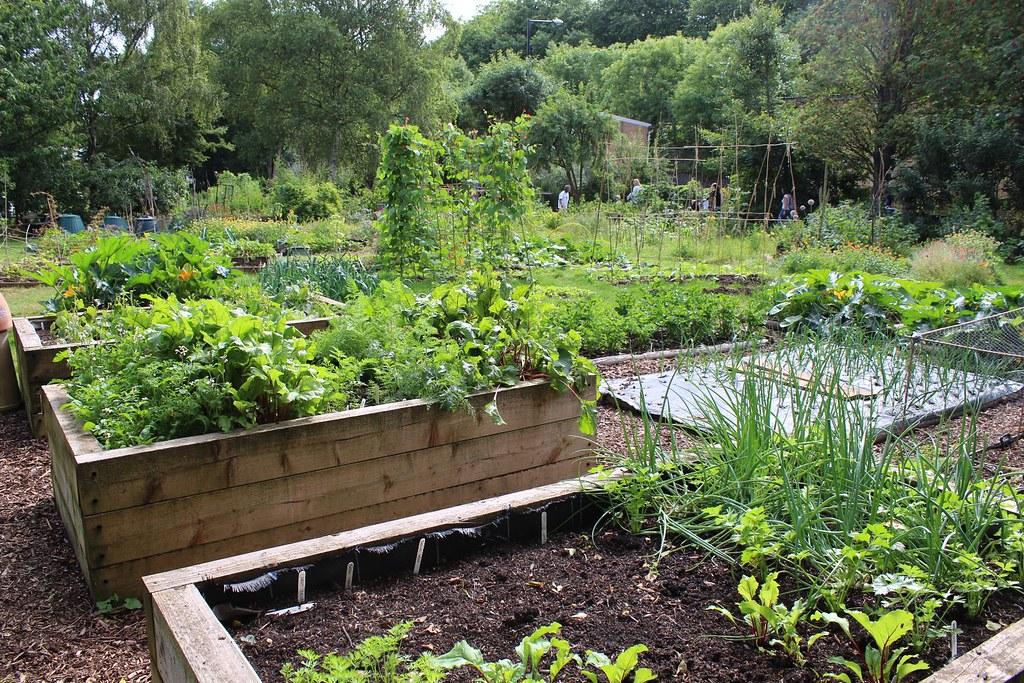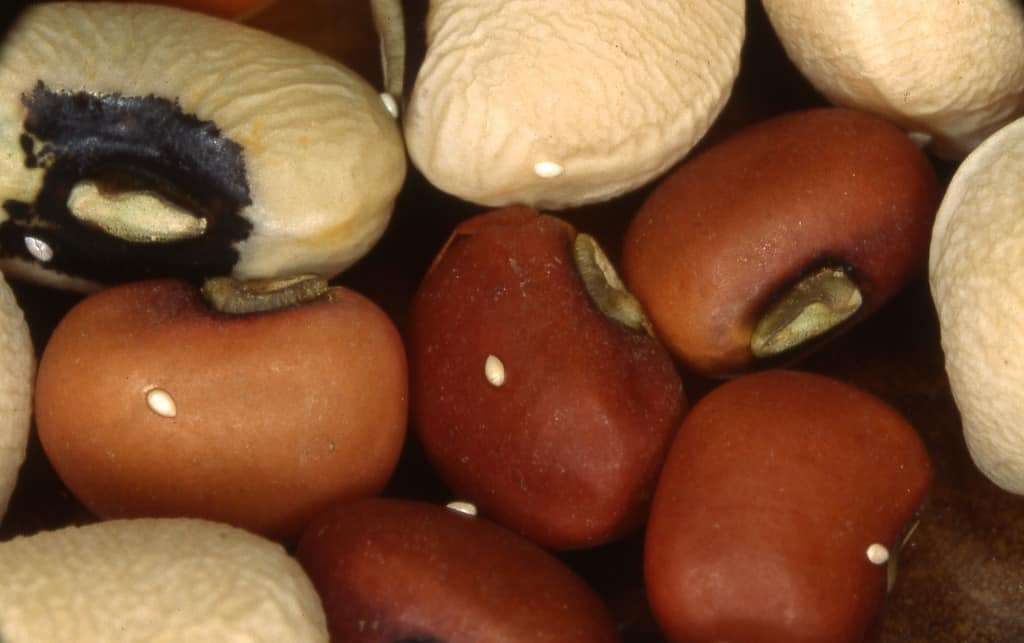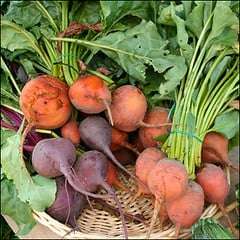
Organic gardening is not only a way to grow fresh, nutritious produce, but it’s also a great way to connect with nature and reduce your carbon footprint. But starting an organic vegetable garden can seem daunting, especially if you don’t have much experience. In this post, we’ll share five proven steps to help you build a thriving organic vegetable garden.
Steps for Building a Vegetable Garden
Choose the Right Location
The first step in starting an organic vegetable garden is to choose the right location. Look for an area with plenty of sunlight, as most vegetables need at least six hours of direct sun exposure per day. Consider the type of soil in the area, as well. Ideally, the soil should be rich, well-draining, and fertile. If the soil in your chosen location is not ideal, consider building raised beds or using containers.
Plan Your Garden
Once you’ve chosen the right location for your garden, it’s time to start planning. Decide what vegetables you’d like to grow and how much space you’ll need for each type of vegetable. Consider the growing conditions each vegetable needs, such as sunlight and soil requirements, to ensure that you plant them in the right place.
Start with High-Quality Soil
The quality of your soil is critical to the success of your organic vegetable garden. If you have poor soil, consider amending it with compost, well-rotted manure, or other organic matter to improve fertility and structure. To test your soil’s pH, you can purchase a soil test kit at a garden center or online. Aim for a pH range of 6.0 to 7.0 for most vegetables.
Use Natural Pest Control
Organic gardening is all about using natural methods to grow healthy plants, and that includes controlling pests. Encourage beneficial insects like ladybugs and lacewings, which feed on garden pests. Planting companion crops, such as marigolds and basil, can also help to keep pests at bay. If you do need to control pests, use natural methods such as neem oil or insecticidal soap.
Water Regularly and Fertilize Appropriately
Finally, to keep your organic vegetable garden thriving, it’s important to water regularly and fertilize appropriately. Water your plants deeply, about 1 inch per week, and avoid getting water on the leaves to reduce the risk of disease. Use organic fertilizers, such as compost or well-rotted manure, to provide essential nutrients.
In conclusion, growing an organic vegetable garden is a rewarding experience that can provide you with fresh, nutritious produce and help you connect with nature. By following these five proven steps, you can build a thriving organic vegetable garden and enjoy the benefits of growing your own food.
Keywords: organic vegetable garden, soil, sunlight, natural pest control, fertilize, water regularly, companion crops, high-quality soil, pH range.
Check out Little Tree Food Forest for articles on food forests and homesteading.
Check out FoodieScapes for articles on growing, fermenting and preserving food.










